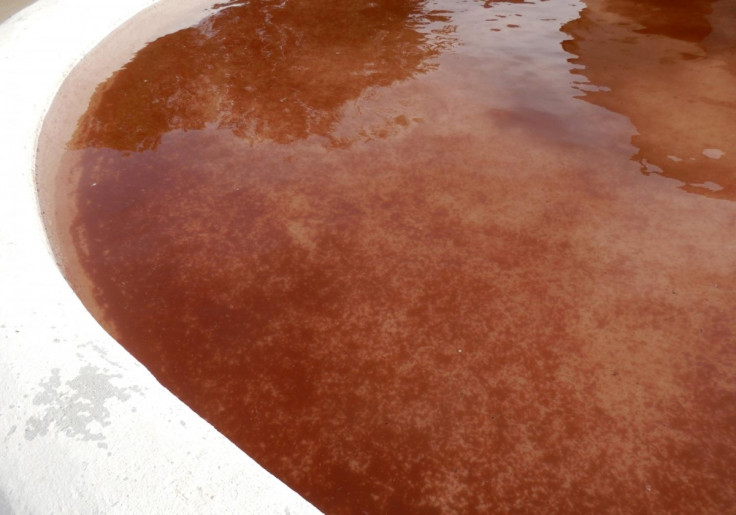Spain's blood rain was caused by stressed out algae

The substance that turned the waters in northwest Spain's basins into blood red last year was microalgae brought down by rain. When under stress, the freshwater green algae turn red, explains a study from the University of Salamanca.
However, the researchers have not yet been able to identify the origin of these little algae normally found in water in the Northern Hemisphere, especially in North America and along the European Atlantic seaboard. The algae are also present in the pharmaceutical, food and automotive industries.
It was in 2014 that the waters of Fuente Encalada in Zamora turned red after rain. This led to a study by the university into the phenomenon. The results have just been published in the 'Spanish Royal Society of Natural History Journal'.
"The reddish staining is caused by Haematococcus pluvialis, a freshwater green microalgae that is capable of synthesising a red carotene pigment called astaxanthin when in a state of stress," explains geologist Javier Fernández-Lozano, co-author of the study, to SINC.
These unicellular algae can during some stages move using flagella, while during unfavourable conditions they form cysts and turn red. In the presence of sunlight for instance, their red colour is even more visible against white backgrounds, says the study.
To find the origin of the algae in Spain, the researchers analysed meteorological data, especially wind patterns, for the days of 'blood rain'. This pointed to a connection to prevailing westerly winds lashing the north-western area of the Iberian Peninsula in autumn. However, the exact source has not been identified, suggesting that they may have even come from North America.
Use of Haematococcus pluvialis has recently spread to the pharmaceutical industry owing to its antioxidant properties. Being non-toxic their application has also been extended to fish farms as a food source for salmon and trout in order to give the fish a deeper red colour. Even flamingos feasting on food sources containing these algae can boost their pink hues, says the research.
The algae have also been employed to absorb carbon dioxide emission from factories.
© Copyright IBTimes 2025. All rights reserved.





















